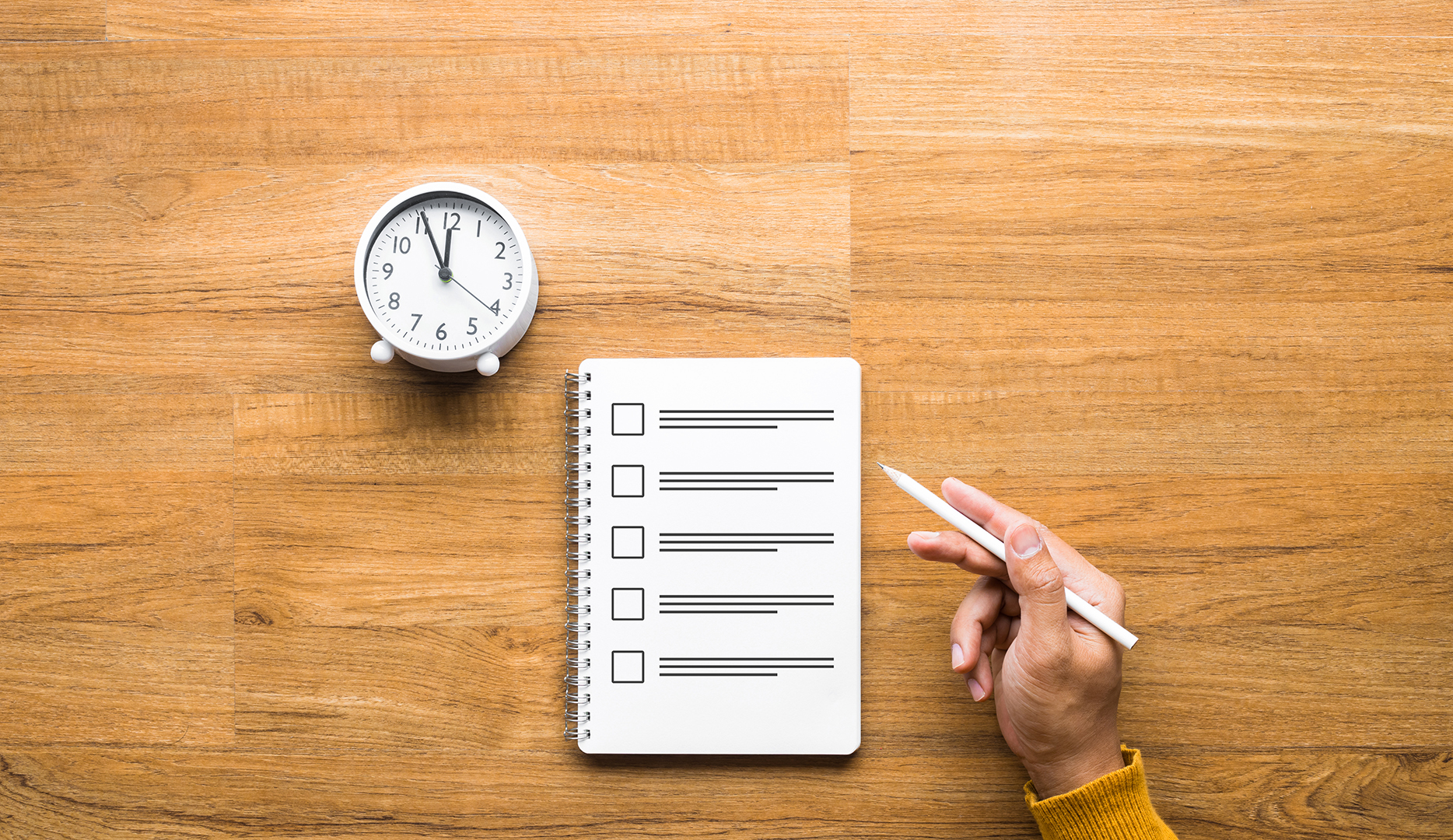Co-authored by Mindy Klowden and Caleb Allen
Many local public health agencies, tax exempt hospitals, state agencies, and charitable foundations conduct community needs assessments every 3-5 years to identify the strengths and resources available in the community to meet the population’s needs and gaps in care. These assessments offer a framework for developing public policies, services, and solutions to address identified needs.
More recently, providers have been required to complete community needs assessments. For example, the Substance Abuse and Mental Health Services Administration (SAMHSA) requires Certified Community Behavioral Health Clinics (CCBHC) who receive grant funding to conduct a behavioral health needs assessment every three years. Yet for behavioral health providers, all too often, the words “needs assessment” can cause fear and dread. They worry that there will be an endless cycle of naming the same needs without getting to the solutions part. Or they fear that they do not have the resources and expertise needed to conduct the needs research, or act on its findings.
This does not need to be the case. Partnering with a skilled consulting firm such as Third Horizon Strategies (THS), or a university or research group, can help providers obtain useful data and actionable recommendations.
For example, THS recently completed a behavioral health community needs assessment for a client in south central Colorado, Solvista Health. THS used a mixed methods approach, including a) secondary quantitative data collection from existing, publicly available state and local data and reports and Solvista Health’s clinic/EHR data, and b) qualitative data collection through a series of four community focus groups which engaged people from each county in Solvista Health’s service area, including partner/referral organizations, public health departments, consumers/family members, advocates, and staff.
While the needs assessment was initially prompted to fulfill contractual obligations for Solvista Health’s CCBHC grant, THS and Solvista Health partnered to develop a strategy that ensures the final report becomes central to informing their strategic approach to program expansion, community outreach, and staffing, rather than just being a document that lives on a shelf.
According to Amie Adams, Chief Administrative Officer, “We found that engaging in a needs assessment process is a valuable way to simultaneously learn more about the needs of the clients and communities we serve while also bringing together people from diverse sectors to address shared concerns. Partnering with Third Horizon Strategies provided an objectivity to the process and helped our communities have a way to comfortably share feedback they may not have shared with our staff.”
Want more daily health intelligence from Third Horizon Strategies? Sign up for Tea Leaves – a free daily newsletter capturing a rundown of the most important health industry activity!
So how should a provider organization begin? The first step is to identify the research questions. Are you looking to understand health disparities? Do you want to learn more about a specific population? Or perhaps you are exploring the development of a new service line and need to know more about the potential target market. Perhaps you seek to understand what barriers people are encountering in accessing services, and how you can best focus your outreach efforts. Narrowing in on the types of data that will be most relevant to you is a critical initial step.
Next, find existing, relevant data sets to pull from.
The federal government administers a handful of national datasets that are core to a strong behavioral health needs assessment (BHNA). The U.S. Census Bureau decennial census has a wealth of demographic data. The census also includes other potentially relevant data, like the mix of rural and urban residents living in a particular area. Additionally, the U.S. Census Bureau releases other datasets, like the annually published American Community Survey (ACS). The ACS supplies detailed information via the annual survey of approximately 3.5 million households on population and housing data, like age, employment, income, sexual orientation, racial and ethnic identity, health insurance status, and more. All data is regionalized, allowing researchers to find information on their specific study region.
The Centers for Disease Control and Prevention (CDC) has several datasets helpful for a BHNA. One is called the National Vital Statistics System (NVSS). NVSS tracks births and deaths in the United States, which helps a researcher garner behavioral health-related mortalities. This data can be analyzed at the county level, which is helpful for a regionalized BHNA. Another dataset is the Behavioral Risk Factor Surveillance System (BRFSS). The CDC oversees the program, with states conducting them. The BRFSS surveys over 400,000 Americans via telephone to track data like health-related risk factors, use of preventative health resources, and chronic health conditions. For example, BRFSS follows poor mental health days, or how many days out of the previous 30 an individual had poor mental health.
SAMHSA publishes data annually through its National Survey on Drug Use and Health (NSDUH). This data allows researchers to find regionalized data on substance use disorder (SUD) and mental illness with the ability to review data year-over-year to show trends. SAMHSA has several other datasets, which can be found here.
State-level data is also essential for a BHNA. It can supply a good juxtaposition for local data or be used if local data is unavailable. Resources like the Kaiser Family Foundation and County Health Rankings are great for gathering state data. However, states may differ on what data is publicly accessible. THS does extensive client work in Colorado and Illinois, so let’s use those two states as examples.
Colorado has many publicly available resources to build a BHNA. The Colorado Department of Health Services published a BHNA in 2020 to find and note residents’ substance use and mental health needs throughout the state. This assessment was regionalized into seven regions and determined twelve priority populations. Another public sector resource came from the Colorado Department of Public Health and Environment. This report, titled “Healthy Kids Colorado Survey (HKCS),” supplied extensive survey data on youth health metrics across the state.
Illinois released its first statewide assessment of gambling issues. The evaluation found that nearly 70 percent of Illinois adults had gambled in the last year. Of those, 3.8 percent (383,000) had a gambling problem, and 7.7 percent (761,000) were at-risk for an issue. Because of the increased accessibility of gambling across the country, BHNAs should include gambling issues when applicable. The Illinois Department of Public Health keeps a close eye on the use and mortality rates associated with drugs, emphasizing the use of opioids. Through their tracker, researchers can look at the types of drugs used in connection with overdose or death, opioid-related mortalities, emergency calls made in response to overdose, and more.
Local data sets should be pulled in, where available. One example of a great local resource is community health needs assessments (CHNA). After the Patient Protection and Affordable Care Act of 2010 (ACA) was passed, tax-exempt hospitals must complete a CHNA every three years. CHNAs dive deep into community needs through quantitative and qualitative data collection. Because tax-exempt hospitals must develop an assessment every three years, there should be a wealth of insight into the health of a community publicly through the CHNAs. Examining what research questions, the CHNA did, and did not answer can be helpful to a provider or other organization looking to clarify their own research questions to fill in the gaps.
Providers should augment quantitative data with qualitative information. Findings from community or client surveys, focus groups, and key informant interviews are necessary to both interpret and make meaningful use of data. Qualitative research is extremely valuable for situating and interpreting findings in a hyper-local context or capturing how a given issue may be understood from different perspectives. Using an external partner to conduct this research can be extremely beneficial, to offer objectivity and professionalism to the process.
Once an organization has compiled research, they can maximize use of the data by sharing it with their staff, board of directors, and community partners. If an organization worked with a consultant, they should be able to make recommendations based on the data to help inform your programming, service line development or other strategic efforts.
If your organization is contemplating a community needs assessment and requires assistance, don’t hesitate to reach out to us at THS!

